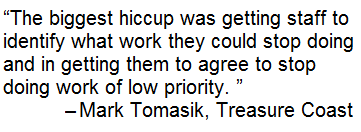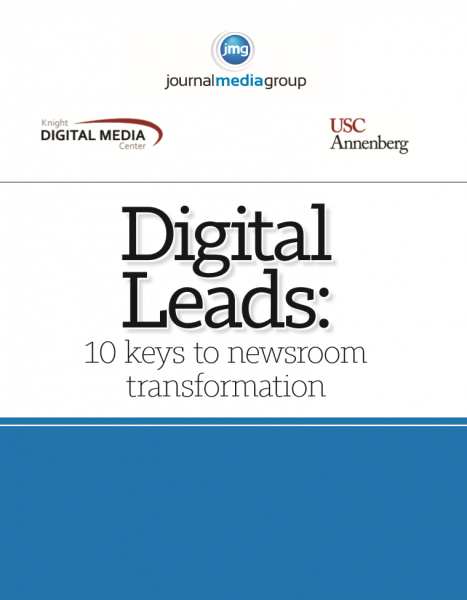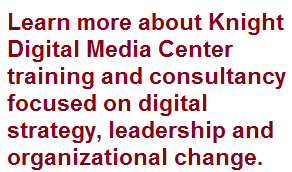Digital Leads: 10 keys to newsroom transformation
<<Previous: 8. Organizational change
9. Priorities
Summary: Editors looked relentlessly for ways to cut traditional coverage to free resources for more compelling digital work. The initiative offered newsrooms a framework (and permission) for deciding where to cut back using “filters” that reflected the new priorities.
Editors said one of their most difficult challenges was figuring out what their newsrooms could stop doing and getting their staffs to actually stop. Even amid staff reductions and increased digital work, it was a point of pride for many journalists that they could carry on their traditional role to meet community expectations.
“The biggest hiccup was getting staff to identify what work they could stop doing and in getting them to agree to stop doing work of low priority. They were willing to take on the new tasks but also wanted to keep doing old tasks that no longer made sense to do,” Tomasik said.
Treasure Coast developed a practice of measuring time-consuming work against three priorities: franchise topics, breaking news and investigative reporting. “Resource-intensive efforts that do not fit at least one of those categories are not a priority,” Tomasik said.
Building on that, KDMC recommended in September 2014 that each editor work with staff and the publisher to develop a short list of priority “filters” to use to test which stories were worth a high level of resources. The idea was to separate high-priority coverage from lower priority items. That way, the lower priority items would be competing against each other but not sapping resources needed for higher priority items.
Developing the list through discussion with the staff would increase understanding and the likelihood that the filters would be used. Having publisher buy-in would be essential if the filters were going to be meaningful.
In Redding, the staff came up with a list of 26 possible priorities. They asked each member of the company’s management team, including the publisher, to rank their priorities and came up with a list of the top 10. Then they got feedback from 19 people who represented a cross section of the community and came up with the final list of five:
- It’s urgent/breaking or affects public safety
- It’s franchise topic coverage
- It’s has both high impact and high interest in the community
- It’s investigative journalism
- It supports our business goals (including growing subscriptions and activations and rewarding “membership”)

“The work of filters is upstream. We have had three significant planning meetings since we arrived at those filters. For each, we started by reminding everybody what our filters are.”








